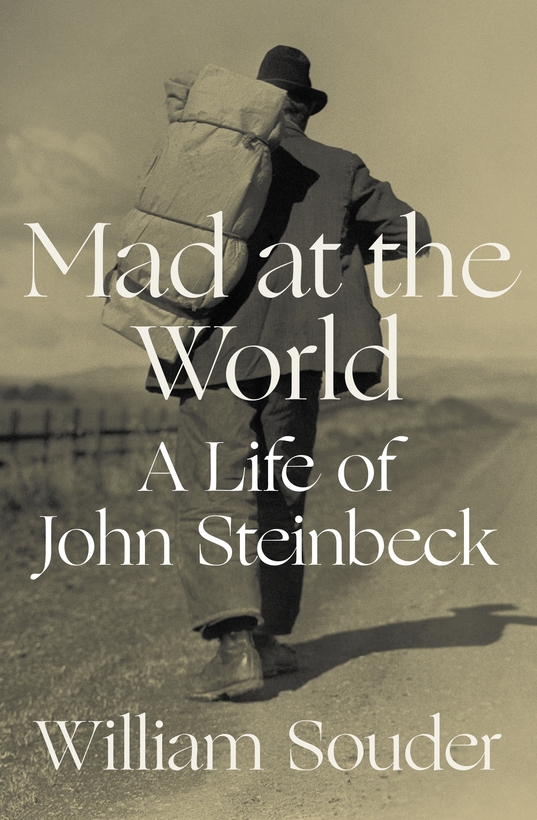Toward the end of 1931, in the depths of the Great Depression, a young, brilliant but out-of-work academic named Joseph Campbell turned up in Pacific Grove, California, a bohemian hillside community on the tip of the Monterey Peninsula. Campbell soon fell in with a group of lusty, hard-drinking writers, artists, and amateur philosophers that included the struggling author John Steinbeck and his great friend Ed Ricketts, a marine biologist. Campbell decided to stay and join the party, which never stopped.
Steinbeck and Campbell were immediately drawn to one another. Both were six feet tall and commanding presences. But where Steinbeck was blunt-featured and stout, Campbell was a lithe former college track star and electrifyingly handsome. Wherever they went—often it was to Ricketts’s waterfront lab on nearby Cannery Row—a celebration erupted. If anyone, including Steinbeck, noticed Campbell’s interest in Steinbeck’s wife Carol, nothing was said.
This much is part of the Steinbeck legend. Here’s the rest of the story.
Friends and Enemies
One fateful night there was a party at Ricketts’s house. Everyone was drinking lab alcohol. Campbell and Carol ended up outside, flirting intensely. Seeing what was happening, Steinbeck suggested that he and Campbell go over to the Steinbeck cottage for a talk. Carol stayed behind and passed out in Ricketts’s back bedroom.
Steinbeck made Campbell wait while he fixed something for them to eat. Wobbly and desperate to leave, Campbell pleaded that he was extremely drunk. “I’m not,” Steinbeck answered coldly. It was a tense moment. Campbell was younger and fitter. Steinbeck knew how to fight and had a temper. But nothing happened.
Campbell left and said he was going home. Instead, he staggered back to Ricketts’s place, found Carol in bed, and climbed in next to her until morning. Later, he would insist they only kissed for hours.
One fateful night there was a party. Everyone was drinking lab alcohol. Campbell and Carol ended up outside, flirting intensely.
Some weeks afterward, Steinbeck paid a surprise visit to Campbell as the sun was setting over the rim of the Pacific. Campbell knew why he was there. Steinbeck got straight to it. Was Campbell in love with Carol? Campbell seemed unsure how to answer. Well, then, did he want to sleep with her? Campbell, lying, said no.
“It’s worse than I thought,” Steinbeck said.
There’s a persistent rumor that there was more to this scene—that Steinbeck had a pistol with him, which he placed on the kitchen table when he asked if Campbell was in love with his wife. That might be true.
What’s certain is that Campbell left Pacific Grove a month later. He eventually became a professor at Sarah Lawrence College, wrote The Hero with a Thousand Faces—a book that inspired Star Wars—and came to be regarded as the world’s leading mythologist. John Steinbeck, meanwhile, saw his struggles turn to success before the decade was out with books that included Of Mice and Men and The Grapes of Wrath. His marriage to Carol began to come apart soon after the publication of The Grapes of Wrath in 1939. In 1962, he won the Nobel Prize in Literature.
William Souder’s Mad at the World: A Life of John Steinbeck is out now from W.W. Norton
